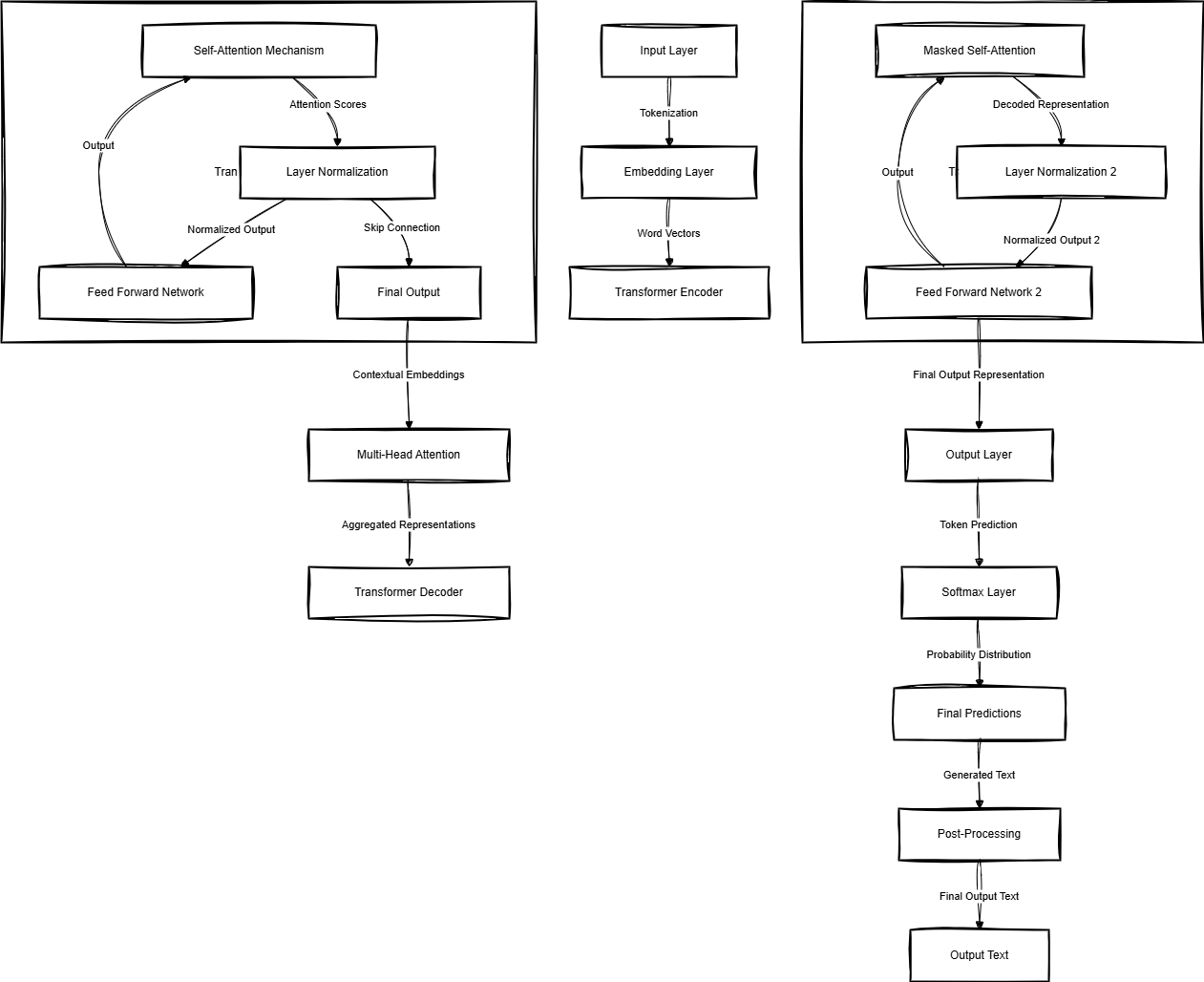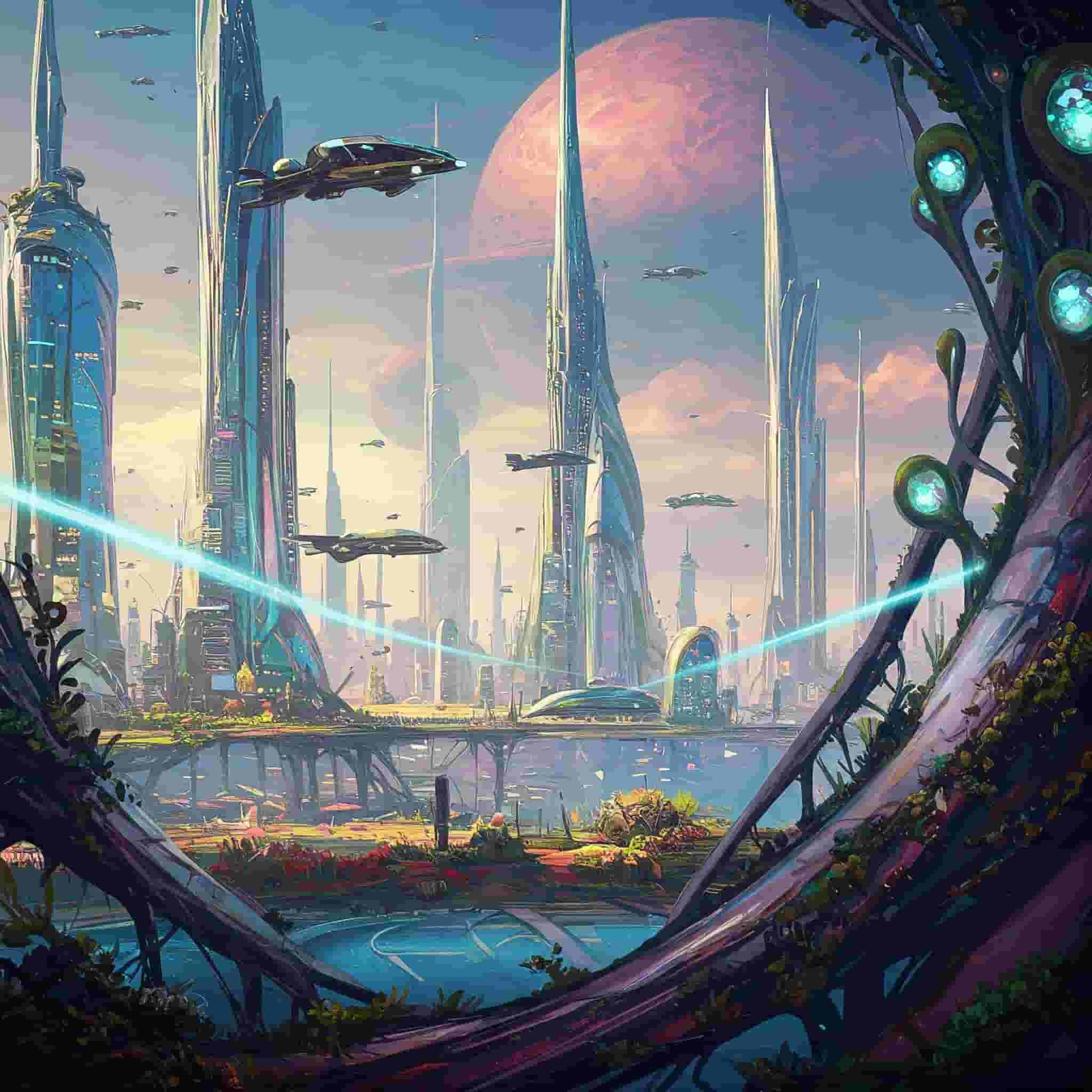Introduction: The Creative Conundrum of Generative AI
In 2025, generative AI has taken the world by storm, with models like GPT-5 producing poetry, music, and even visual art that rival human creations. From crafting a haunting sonnet to generating a surreal painting, these models seem to blur the line between machine and artist. But let’s pause and ask a deeper question: is this true creativity, or just a clever illusion? Creativity isn’t just about producing something new—it’s about imagination, emotion, and the ability to break free from patterns in unexpected ways. Humans create from lived experiences, emotions, and cultural contexts, often defying logic to produce something truly original. Can generative AI, trained on vast datasets of human work, ever achieve this level of creativity, or is it doomed to merely remix what it’s been fed? As we look to GPT-5 and beyond, the quest for true creativity raises profound questions about the nature of art, intelligence, and what it means to be human.
What Makes GPT-5 So Powerful?
GPT-5, released in late 2024, represents a quantum leap in generative AI. Built on a massive transformer architecture with trillions of parameters, it can generate text, images, and even music with stunning coherence. Imagine asking GPT-5 to write a short story set in a dystopian future—it not only crafts a gripping narrative but also generates an accompanying illustration of a crumbling cityscape, complete with a haunting soundtrack. This multimodal capability sets GPT-5 apart, allowing it to create across domains in ways that feel eerily human. Under the hood, it leverages advanced techniques like reinforcement learning from human feedback (RLHF) and few-shot learning, enabling it to adapt to new tasks with minimal prompting. In 2025, artists are using GPT-5 to co-create novels, musicians are composing symphonies with its help, and marketers are generating ad campaigns in minutes. But here’s the catch: is GPT-5 creating, or is it just synthesizing patterns from its training data?

The Case for AI Creativity: A New Frontier
Proponents of generative AI argue that creativity isn’t exclusively human—it’s a process that machines can replicate and even enhance. Consider this: GPT-5 can combine elements from disparate genres in ways humans might never consider, producing a jazz-rap fusion song or a sci-fi poem written in the style of Shakespeare. In 2025, an AI-generated artwork created with GPT-5’s help sold for $1.2 million at auction, sparking debates about the value of machine-made art. Some artists see AI as a collaborator, amplifying their creativity by offering endless inspiration. For example, a novelist might use GPT-5 to brainstorm plot twists, generating ideas that defy conventional storytelling norms. If creativity is about novelty and value, as some psychologists define it, then GPT-5 certainly fits the bill. But here’s the thought-provoking question: does novelty born from data patterns qualify as creativity, or does true creativity require something more—a spark of consciousness that AI lacks?

The Limitations: Why AI Might Never Be Truly Creative
Despite its achievements, generative AI like GPT-5 faces fundamental limitations that challenge its claim to creativity. First, it’s inherently derivative—everything it produces is a remix of its training data, a vast corpus of human-created content. If you ask GPT-5 to write a poem, it’s essentially stitching together patterns from millions of poems it’s seen, not inventing something from scratch. Humans, on the other hand, create from personal experiences, emotions, and imagination, often defying patterns to produce something wholly original. Second, AI lacks intent and emotional depth. A human artist might paint a stormy sea to express grief; GPT-5 can generate a similar image, but it doesn’t feel the grief—it’s just following statistical probabilities. Third, AI struggles with true novelty—it can’t break free from its training data to create something entirely new, like a human inventing a new genre. Can a machine that lacks consciousness, emotion, and agency ever be truly creative, or is it just a sophisticated imitator?
The Future: Can Generative AI Evolve Beyond Imitation?
Looking to 2030 and beyond, the future of generative AI hinges on whether it can transcend its current limitations. Researchers are exploring ways to imbue AI with more human-like traits, such as emotional understanding and meta-cognition (the ability to think about thinking). Imagine a GPT-7 that can “feel” simulated emotions, drawing on those to create art with genuine intent. Or consider an AI that learns to invent new genres by combining data in ways humans never have, perhaps through advanced techniques like neuro-symbolic AI, which blends neural networks with symbolic reasoning. But here’s the provocative twist: if AI achieves true creativity, what does that mean for humanity? Will we celebrate machines as artists, or will we feel threatened by creations that mirror our own? The line between human and machine creativity could blur, forcing us to redefine what it means to create—and what it means to be human.
Conclusion: Creativity at a Crossroads
GPT-5 and its successors are pushing the boundaries of generative AI, producing works that captivate and inspire. Yet, the question of true creativity remains unanswered. While AI can mimic human output with stunning accuracy, it lacks the consciousness, emotion, and agency that define human artistry. As we look to the future, generative AI could evolve to bridge this gap—or it might remain a masterful imitator, forever bound by its data. The journey to true creativity raises profound questions about the nature of art, intelligence, and humanity itself. Will AI ever create like we do, or will it always be a reflection of our own brilliance—a mirror that dazzles but never truly dreams?

Comments